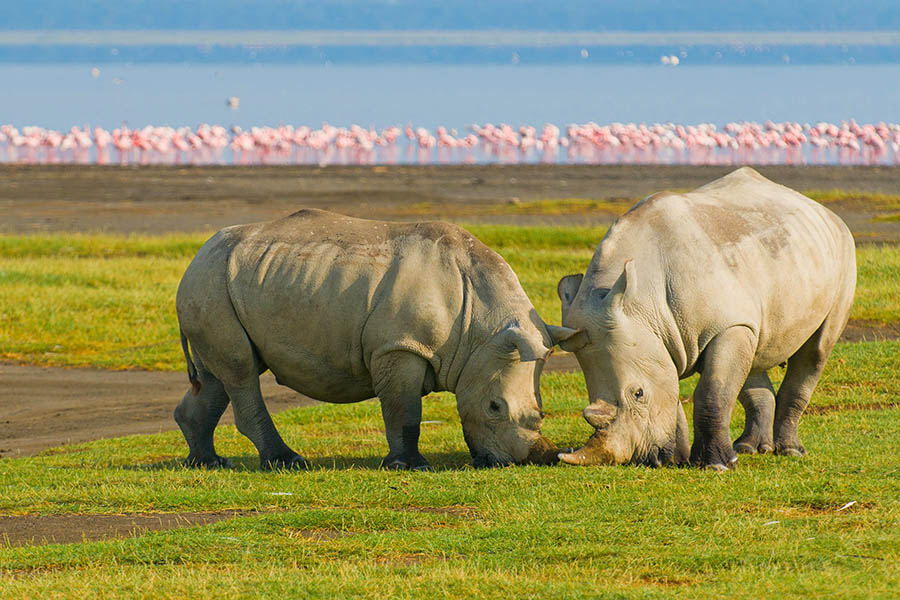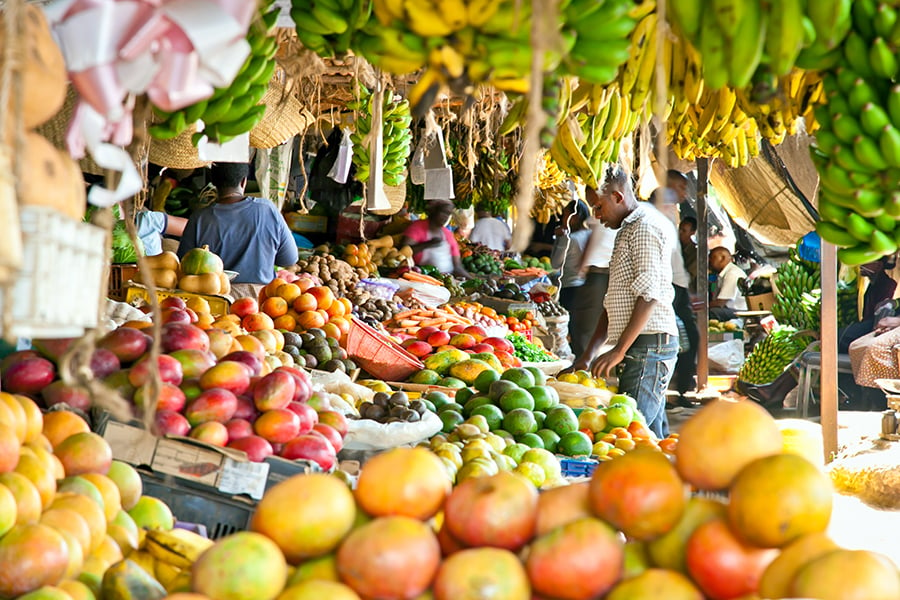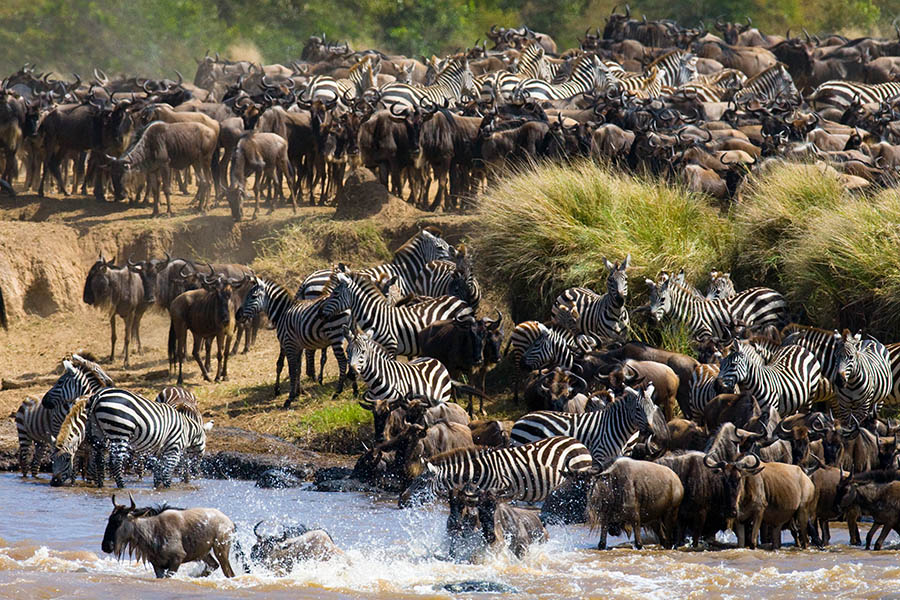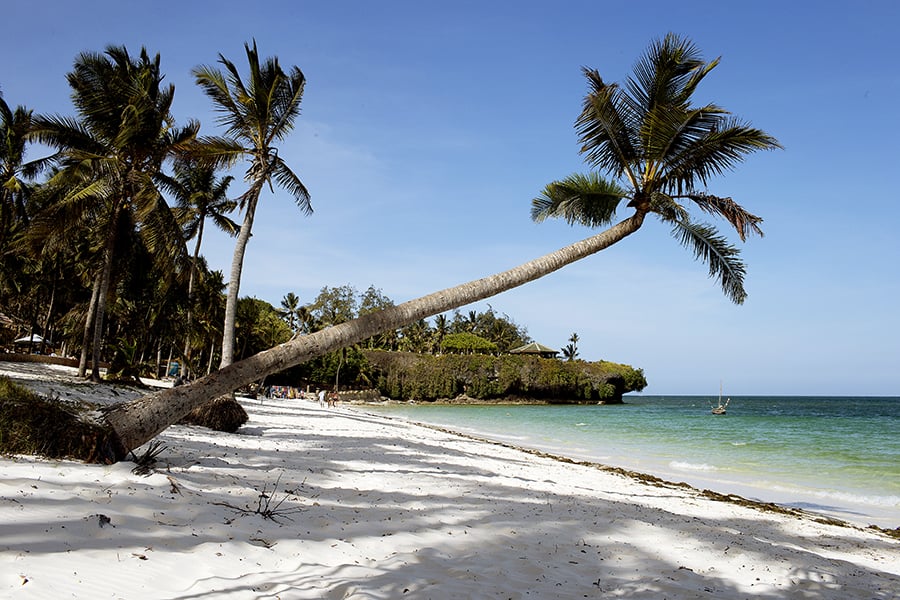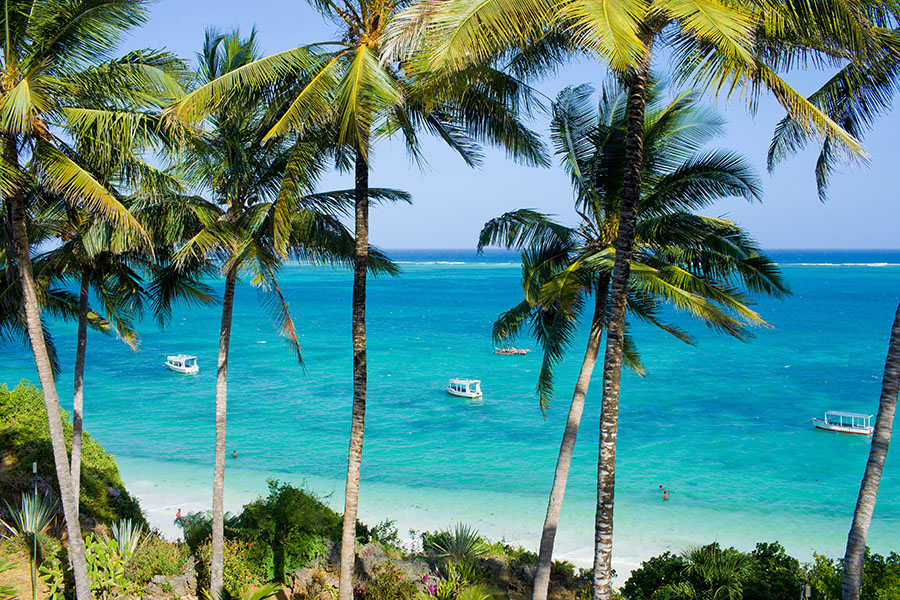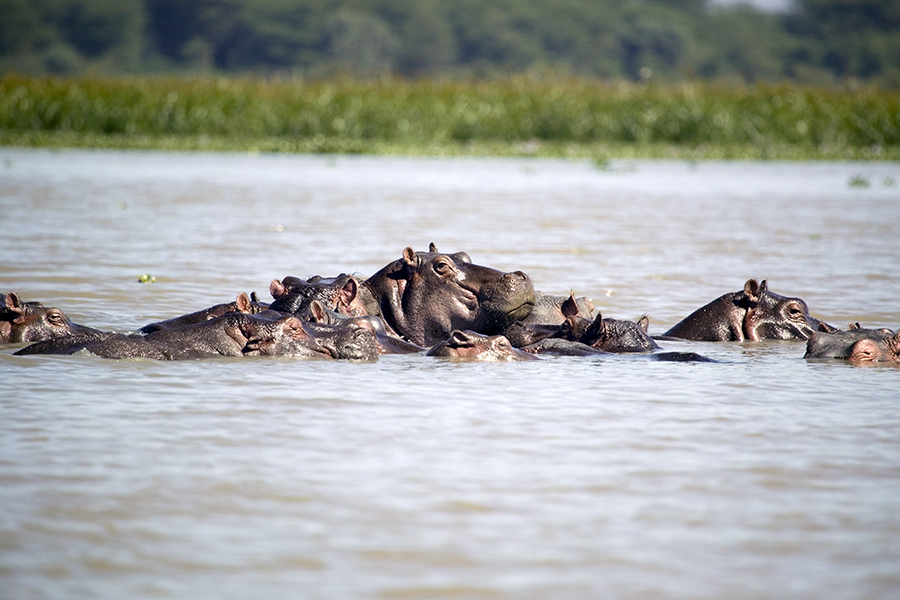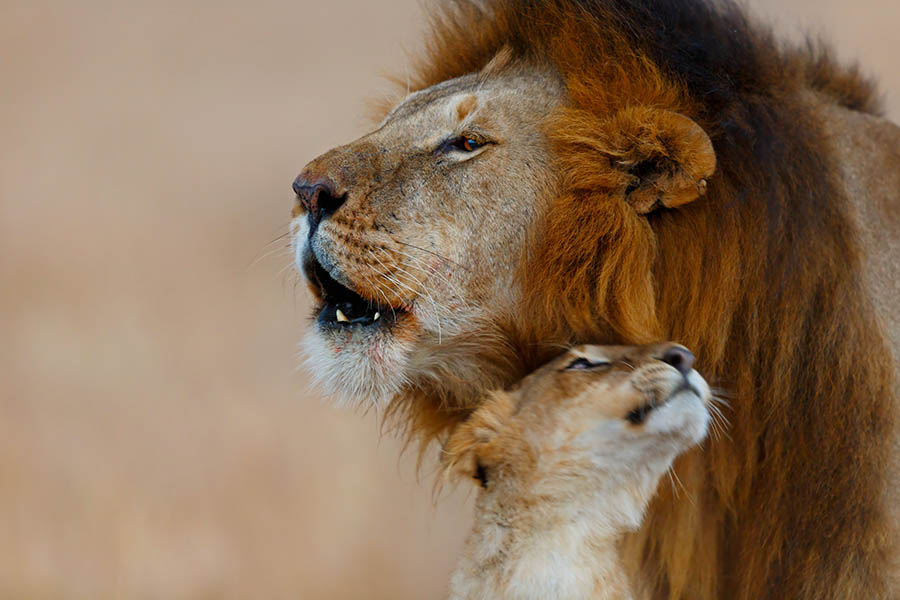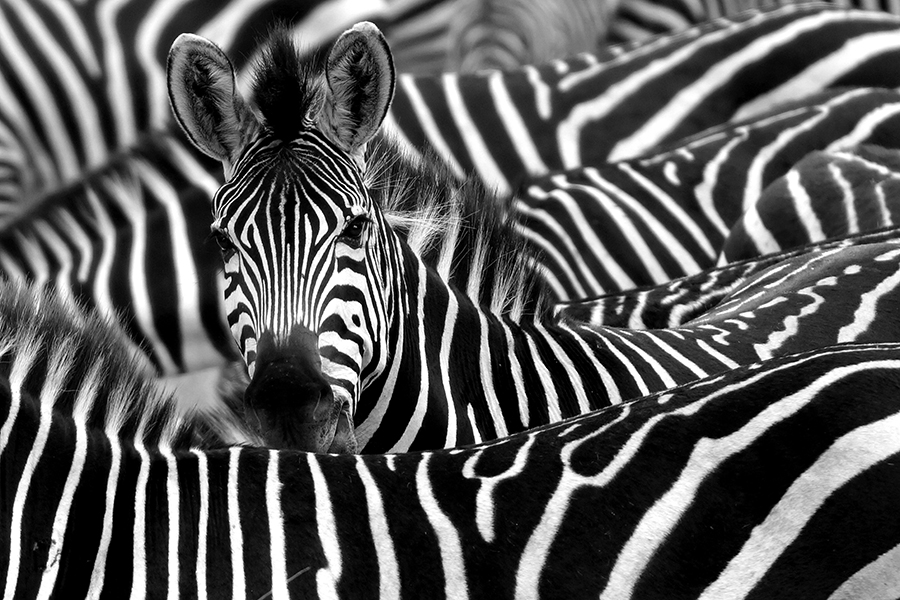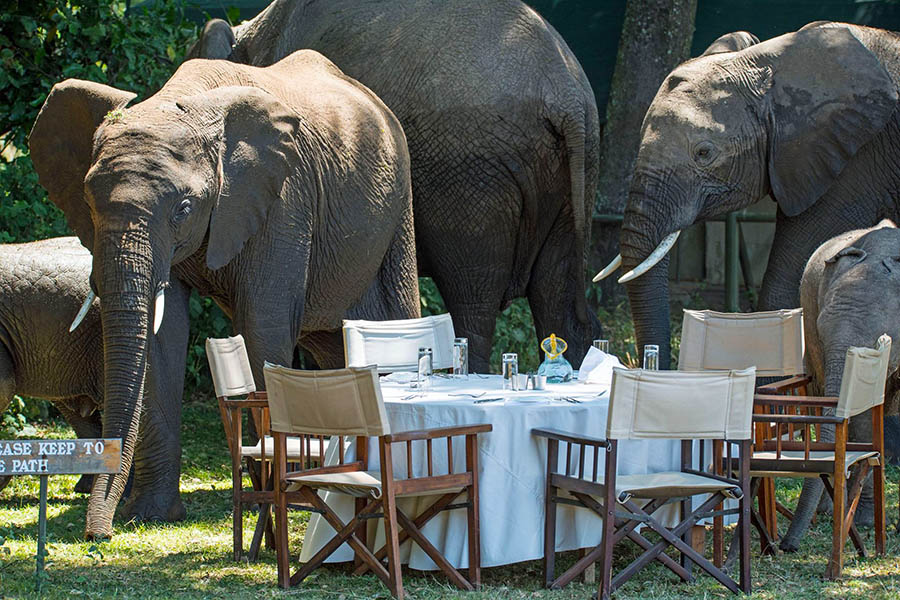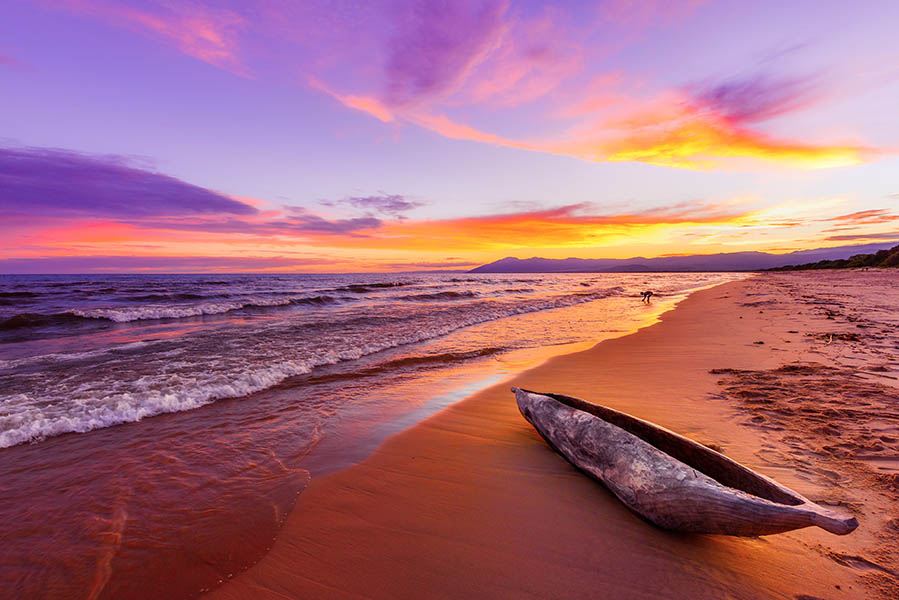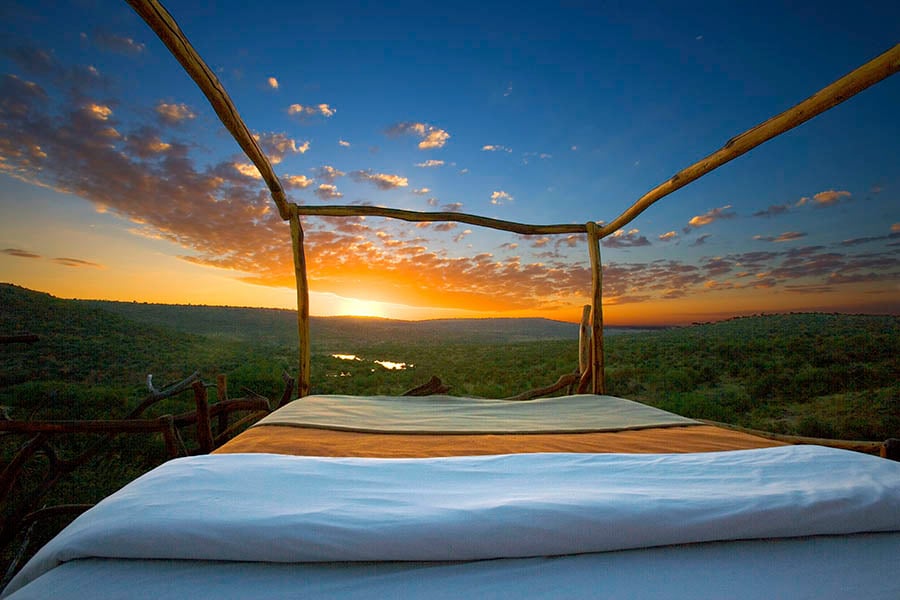Classic Kenya safari and beach holiday
See more ideas for: Kenya
Overview
Look for wildlife before relaxing on white sands on this classic Kenya safari & beach holiday, visiting the Masai Mara & the pristine Diani Beach. Start in Nairobi before heading to Lake Nakuru, to see clouds of pink flamingos flying over the water, as well as rhinos grazing around the shore. Next, you’ll explore the Masai Mara, looking for lions resting in the shade, cheetah cubs learning to stalk prey and vast herds of wildebeest grazing on the plains. Finish your trip with a relaxing break by the pristine sands of Diani Beach, where hours of sunshine and turquoise water allow for some peaceful R&R by the sea.
This itinerary can be tailored to suit your requirements; please contact one of our consultants to start planning your dream trip.
This holiday includes
- International flights
- All transfers
- All accommodation in Kenya
- Excursions as mentioned in the itinerary
- Meals as mentioned in the itinerary
You’ll remember…
- Watching the candy-pink flamingos at Lake Nakuru
- Spotting rhinos grazing around the shore
- Looking for lions and cheetah in the Masai Mara
- Admiring the vast herds of wildebeest on the plains of the Mara
- Sipping a cocktail by the pool in Diani Beach
- Strolling along the white-sand beaches at sunset
Itinerary
Itinerary in brief:
- 1 night Nairobi
- 1 night Nakuru
- 3 nights Masai Mara
- 5 nights Diani Beach
Day 1: Depart UK
Depart the UK from your chosen airport.
Included: International flights
Day 2: Arrive Nairobi
On arrival in Nairobi, you’ll be met at the airport and driven to your hotel in the city, checking in for one night.
Included: Transfers, 4* hotel
Day 3: Nairobi to Lake Nakuru
After breakfast, you’ll be driven to Lake Nakuru National Park. Famous for the millions of fushia-pink flamingos that flock to feed on the teeming algae in the alkaline waters, the mirrored waters of Lake Nakuru bring some of the most incredible photos in Africa. Small in size but full of wildlife, it has many picturesque lookouts and picnic spots. As Kenya’s largest rhino sanctuary, there are almost guaranteed sightings of both the black and white rhinos, as well as zebra, gazelle and waterbuck that graze beside the shores. There is even the chance of spotting an elusive leopard, which you can keep your eyes peeled for on your afternoon game drive. At the end of the day, you’ll check into a lodge for night, ready to travel to the Mara tomorrow.
Included: All meals, transfers, game drive, The Cliff
Day 4: Lake Nakuru to Masai Mara
This morning you’ll enjoy breakfast in the camp before heading to the Masai Mara National Reserve. This beautiful area is home to the breathtaking spectacle of ‘the greatest wildlife show on earth’, the awe inspiring annual migration of the wildebeest. With rolling grasslands, meandering rivers and escarpments where lions snooze in the sun, visiting the Masai Mara is one of the most special parts of any Kenya holiday. Check into your lodge for three nights and head out on an afternoon game drive.
Included: All meals, transfers, game drive, Naboisho Camp
Days 5 & 6: Masai Mara
Spend your time here enjoying the spectacular game in the reserve. Mornings are great for spotting predators, but the middle of the day is excellent for seeing classic safari wildlife. Watch zebras braying to each other, giraffes munching lazily on acacia trees and wildebeest grazing the grasses. From the banks of the Mara River, you can spot hippos in a mud bath to keep the sun off their skin, while crocodiles lurk in the water nearby, waiting for antelope to come to the edge for a drink. Depending on the time of year that you visit Kenya, you may see lots of babies. Watch single-file lines of little ostriches racing after their mothers and cheetah cubs playing in the shade. Wildlife can never be predicted and often the most special experiences will be spotting things you weren’t even thinking about.
Included: All meals, transfers, game drives, Naboisho Camp
Day 7: Fly to Mombasa
After breakfast, you’ll be driven to the Ukunda airstrip for the flight to your hotel on the south coast, a vast and interrupted stretch of white, sandy beach. Check into your hotel for five nights and kick off your shoes ready for some relaxing days by the sea.
Included: Breakfast, transfers, internal flight, WaterLovers Beach Resort
Days 8 - 11: Diani Beach
Your time here is at leisure to enjoy the beautiful beaches. The southerly part of Kenya’s stunning Indian Ocean coastline is renowned for its silken white sandy beaches, coconut palms, sheltered lagoons, pellucid blue waters, remote islands, uncharted mangrove swamps and mysterious Arab and Swahili ruins, many of which date back to the 8th Century AD. Boasting an idyllic climate, which is cooled by the monsoon, the Swahili coast offers a daily average of 8 hours of sunshine, and the hot steamy climate is tempered by the monsoon winds.
Included: Half board basis, WaterLovers Beach Resort
Day 12: Depart Mombasa
After breakfast, you’ll be driven to the airport in time for your flight to the UK.
Included: Breakfast, transfers, international flights
Day 13: Arrive UK
Info
Kenya lies on the equator, so it has a pleasant, tropical climate all year round. It’s warmer on the coast than inland. Kenya is too close to the equator to experience a real winter and summer but there is a pronounced dry season (between June and October) and wet season (between November and May). January and February are often the driest months of the wet season, but it’s always impossible to predict how long the dry spells will last.
This itinerary is purely a suggestion and can be tailor-made to your requirements, so please contact us with your dates and requests, and we’ll put together a bespoke quotation for you.
- International flights
- Return airport transfers
- Accommodation as mentioned in the itinerary
- Meals as mentioned in the itinerary
- Excursions as mentioned in the itinerary
- Any meals not mentioned
- Personal expenses
- Tips & gratuities

